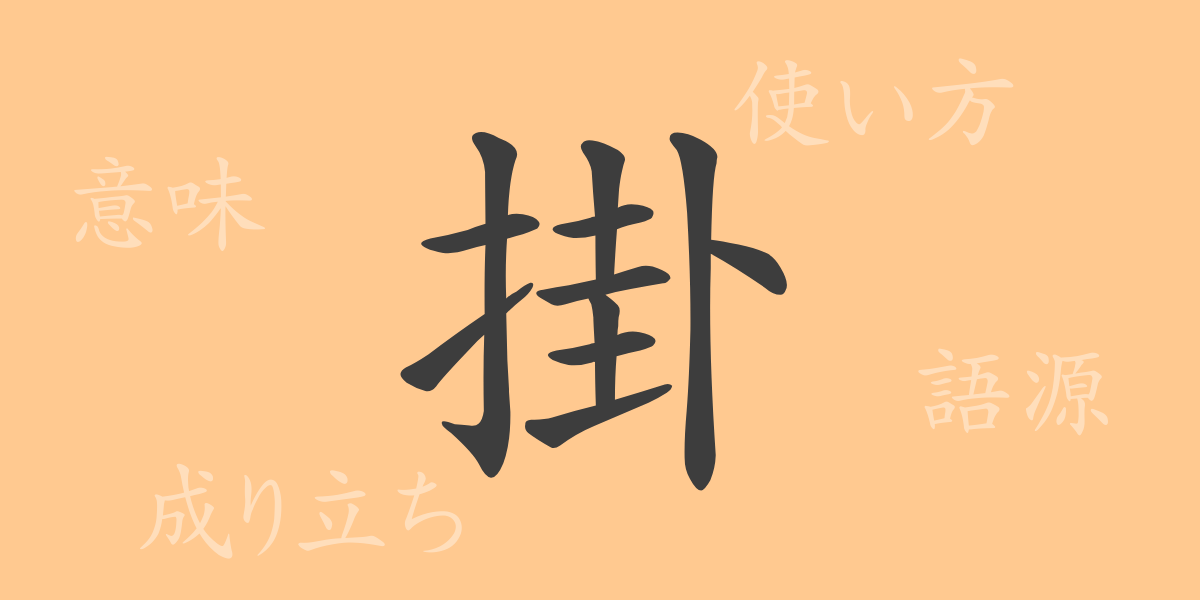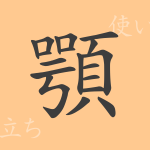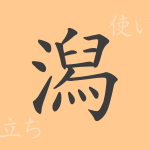The richness of the Japanese language is reflected in its characters. One of the commonly used Kanji in Japan is “掛” (Kake). This single character is imbued with various meanings and is frequently used in the daily lives of Japanese people. In this article, we will explore the charm of “掛” from its origins to its meanings, uses, and even its presence in idioms and phrases.
Origins of Kanji “掛” (Etymology)
The Kanji “掛”(Kake) has been used since ancient times to represent the act or concept of hanging something. It is formed by combining the radical “手” ( te) meaning “hand,” with “各” (kaku), which is derived from “角” (kado) and originally meant “to hook something with a tool that has corners.” Therefore, “掛”(Kake) came to signify the meaning of “hooking something by hand.”
Meanings and Usage of “掛”(Kake)
“掛” has basic meanings such as “to hang” or “to be hung.” It can also signify the act of dedicating time or money to a particular thing or matter. Furthermore, it is used to indicate ratios or proportions, among its various other applications.
Readings, Stroke Count, and Radical of “掛”(Kake)
The Kanji “掛” (Kake)has a deep history in its readings and composition.
- Readings: The Onyomi (Chinese reading) is “かい” (kai), while the Kunyomi (Japanese reading) is “かける” (kake-ru) and “かかる” (kaka-ru).
- Stroke Count: “掛” has a total of 11 strokes.
- Radical: The radical is “手” (tehen), which is used as a reference for classifying Kanji.
Idioms, Phrases, and Proverbs Using “掛”(Kake) and Their Meanings
Idioms, phrases, and proverbs that include “掛” play a significant role in the Japanese language. For example, “掛け値” ( ka-ke-ne) means to mark up a price, “時掛け” ( tokika-ke) means to set a time, and “目に掛ける” (me-ni-ka-keru) means to pay special attention. These expressions enrich the nuances of the Japanese language.
Summary of “掛”(Kake)
Each Kanji character has its own history and meaning, and “掛” is no exception. Not only is it widely used in everyday life, but it also makes its presence felt through various idioms and phrases. Through this article, we hope you have gained an appreciation for the multifaceted nature and depth of the Kanji “掛.”(Kake)

























